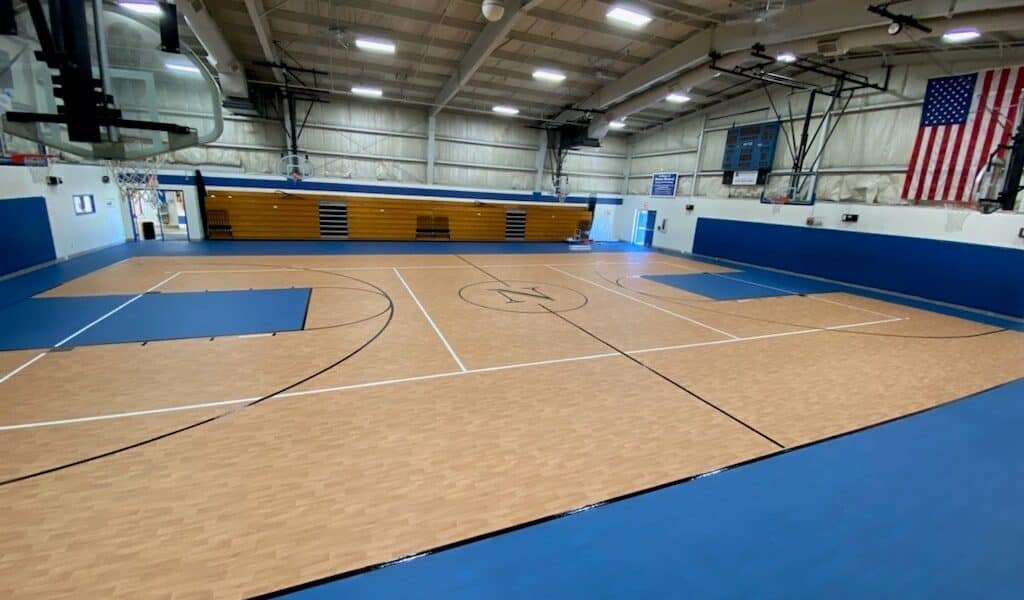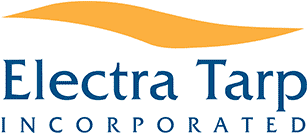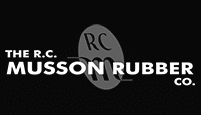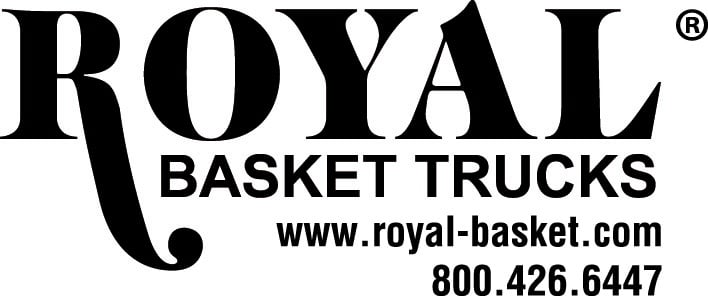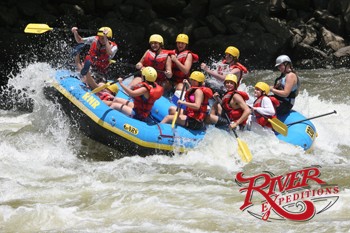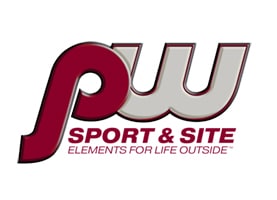The path to choosing the right sports surface can be overwhelming because there are so many factors to consider and weigh. The most important question is to ask is, “For what purposes will the floor be used?”
Facilities must strike a delicate balance between the variety of uses. Evaluate each flooring option with the potential uses in mind: basketball, volleyball, pickleball, tennis, jogging, pancake breakfasts, dances, graduations, craft shows, etc.
Ultimately, it is always a compromise. A floor that is oriented toward multiple purposes may not be as desirable for competitive athletes, while a floor that strictly focuses on the competitive athlete may not be as versatile.
RANK YOUR NEEDS
The below needs are listed alphabetically (not by importance). Your sports & recreation ministry team should all be involved in the ranking process. This is a good starting list, but brainstorm with your team to add their specific needs to the below list. Keep in mind that every facility is different, and every facility has different needs that need to be met.
- Aesthetics / Color / Look
- Ball Rebound (ball bounce)
- Budget / Cost (initial installation cost of floor)
- Budget / Cost (maintenance cost of your floor over time)
- Cleanability
- Durability / Life of the Floor
- Force Reduction (shock absorption)
- Installation Time
- Safety
- Surface Finish Effect (friction)
- Testing Standards (ASTM)
- Warranty
ASBA (AMERICAN SPORTS BUILDERS ASSOCIATION)
ASBA is a not-for-profit association that represents companies actively engaged in the building, design and construction of indoor and outdoor sport courts and facilities, such as tennis, pickleball, basketball, volleyball, and multi-purpose fitness and recreational areas. The Association also represents courts designers and suppliers of related materials.
ASBA serves as a resource for facility owners and managers of the above-mentioned sports to help them find designers, builders, and suppliers committed to the highest standards of construction and maintenance, www.sportsbuilders.org.
While a little skepticism of marketing materials and fancy websites may be healthy, don’t shy away from suppliers and manufacturers. Most of the latest research being conducted on sports flooring is coming from the manufacturers. The most reputable suppliers are members of the ASBA.
ASTM INTERNATIONAL
Formerly known as American Society for Testing and Materials, ASTM is a not-for-profit standards organization that develops and publishes voluntary consensus technical international standards for a wide range of materials, products, systems and services, www.ASTM.org.
Today, some 12,000 standards are used around the world. ASTM is the U.S. standard for testing sports flooring and can be a great resource when comparing technical data from different suppliers. Testing standard/specification ASTM F-2772 is an excellent place to start when researching sports flooring.
In areas designated for sports, flooring should be optimized for physical activity. ASTM F-2772 measures four key factors regarding safety and suitability for sports activities: force reduction, surface finish effect, ball rebound and vertical deformation. Each parameter provides valuable information for selecting a sports flooring system.
Not to get too technical, but here’s a brief description on all four key factors:
FORCE REDUCTION: This evaluates the surface’s ability to reduce impact force. This predominantly relates to impacts generated by lower extremities, such as an athlete running or jumping.
SURFACE FINISH EFFECT: This describes a surface’s response to a sliding foot, typically under dry conditions. If a floor is too slippery, it is dangerous. If a floor is too tacky, it is also dangerous due to foot-lock. Both can cause injury to an athlete.
BALL REBOUND: Also called ball bounce, this determines a surface’s suitability for basketball. Average test points must reach a minimum of 90% ball rebound.
VERTICAL DEFORMATION: This indicates the ability of the surface to deform under load. High deformation can affect the safety of the athlete, causing instability of the foot, while low deformation may cause injury as a result of immediate impact force.
WOOD VS. SYNTHETIC FLOORING
For gymnasiums, the choice boils down to natural hardwood or man-made synthetic. In the United States, wood has regularly been the standard for high school and college competition gyms for a variety of reasons: its warm appearance, its lifespan (25-30 years based on maintenance and use), its tradition because it has been used since the dawn of sports.
Synthetic floors are gaining momentum in the U.S., especially in elementary schools, middle schools, high school/college auxiliary recreational gyms, YMCAs, churches, Boys & Girls Clubs for a host of reasons: less expensive initial installation, much less maintenance cost over time, versatility for multi-use, equal performance to wood for the athlete, easier to maintain/clean.
Synthetic covers a broad spectrum of products that typically fall into three categories: foam-backed PVC, polyurethane pad & pour, and vulcanized rubber. Synthetics often represent the best choice for facilities where non-stop action limits the time needed to maintain wood floors, where maintenance and humidity issues can vex a wood system, or where budget prohibits natural hardwood.
INSTALLATION
No matter which type of floor you choose (wood or synthetic), the success of your floor ultimately relies on two things: quality installation and good concrete sub-surface.
To ensure success in these two areas, you will need to choose your building team carefully and pay attention to how the specifications are written. Hiring an architect with strong sports flooring experience can be an excellent neutral guide for your team through this process.
Your sports surfacing choices hinge on many different things. Whether your facility is nationally televised or locally revered, you can find the right surfaces with research and understanding.
Don’t be intimidated. Ask questions. Search the Internet. Hit the streets to look at other facilities. The bottom line will become clear and leave you with flooring decisions you can stand by – and on!
Sally Cottingham is the president of Moose Sports Surfaces, Ltd., in Chicago, www.moosesports.com. With 37 years in the industry, they are a leading national supplier of indoor sports flooring/surfacing.


